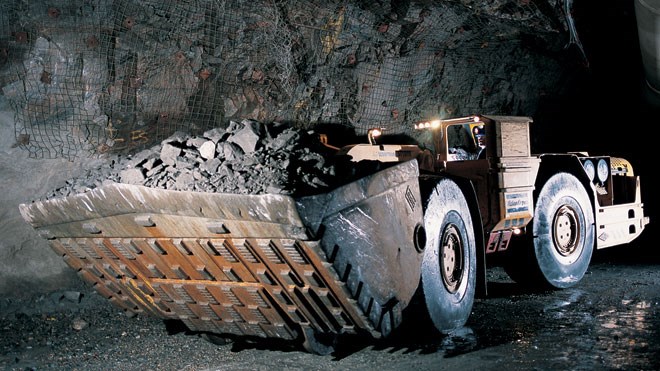I am a big fan of insightful and comprehensive community economic plans. I have chaired or participated in at least four such plans for the City of Greater Sudbury since 1970.
These plans have fundamentally changed the direction of our community in preparing for the future.
The Greater Sudbury Development Corporation has recently designed a strategic plan (“From the Ground Up 2015-2025”) that could change the face of the community for the next 10 years — if all sectors actively participate and contribute their energy and insights into implementing and supporting the efforts that this plan imagines and recommends.
Despite its importance, the problem lies in the fact very few people have read or even reviewed the plan, even though the consultation stage was led by a 24-member, broad-based steering committee.
This document must be circulated and endorsed by the general public to be successful. Decisions will be made by the GSDC board and city council that will dramatically impact our community in the years to come.
The report must not sit on a shelf and become just another strategic plan that is swallowed up and buried by its lack of circulation, despite the agreement among those who participated. It must be considered by all sectors as a promise to change the community and grow its fundamentals.
The plan has some lofty goals and ambitious projects, and may be deterred by the economy and global influences. These deterrents are not insurmountable. The plan may be delayed, but could at least allow for partial solutions whenever possible.
The Everest Goal, held up as a focal point of the plan, would see 10,000 net new jobs by 2025. This is based on hope and evidently based on an assumption that all sectors will grow incrementally.
And while it’s fine as an ultimate destination, the Everest Goal should be tempered based on the reality of the mining sector’s cyclical nature and the impact of mining technology companies. The tools we choose to spur growth in our community need to be based on evidence and history. They need to be realistic.
“The vision is bold and ambitious and is intended to stretch and drive the community as it pursues its economic development objectives,” the report states. “Reaching a goal of 10,000 new jobs would mean that our city has a stronger, more diverse economy and could result in 30,000 new residents living in our city.”
This is not an easy task.
The report contains much to be applauded. It is well written and contains multiple ideas and initiatives that are well documented and profiled. The accompanying charts in the study indicate who should lead, general time frames from short to long, and existing key sectors that could attract jobs and real wealth.
If you wish to see the details of these proposals please click here.
SAMSSA was created 12 years ago to harness the power of the 320 mining suppliers in Sudbury. Besides developing a mining cluster strengthened by the high level of local expertise and state-of-the-art technologies — which resulted in an explosion of inventiveness and positioned Sudbury firms to penetrate global markets — SAMSSA encouraged the professional growth of sustainable and highly-paid skilled tradespeople who could serve the world from Northern Ontario.
The 130-year old history of the Sudbury Basin is known worldwide and while we still extract, mine and refine, there has been a shift from primarily extraction to include the development of mining technologies. Growing and evolving alongside this shift is the technical expertise needed for the next generation of miners and mine development.
From the report: “The mining supply and service sector will continue to be a primary driver of economic prosperity. In many ways, the success in mining and mining related supply services has shaped the industrial and institutional support structures that have developed in the city, which in turn shaped other sectors of our economy.”
This is seen especially in the rising number of research institutes and innovation centres situated in the city's three academic institutions, which are leading the way on new innovations and supporting the necessary research needed for success.
The report asks the community, agencies, funding bodies and the public to support the growth and development of an innovative and diverse mining supply and services sector. Exporting our expertise will be a major determinant of success, as will making a co-operative and consolidated effort to develop partnerships and secure financial investments. See Objective 5.1 of the study for more details and projects.
Ultimately, it all depends on the collaboration of all parties and support of the community, if we are ever to reach Everest.
Dick DeStefano is the executive director of the Sudbury Area Mining Supply & Service Association.
Join Sudbury.com+
- Messages
- Post a Listing
- Your Listings
- Your Profile
- Your Subscriptions
- Your Likes
- Your Business
- Support Local News
- Payment History
Sudbury.com+ members
Already a +member?
Not a +member?
Sign up for a Sudbury.com+ account for instant access to upcoming contests, local offers, auctions and so much more.
